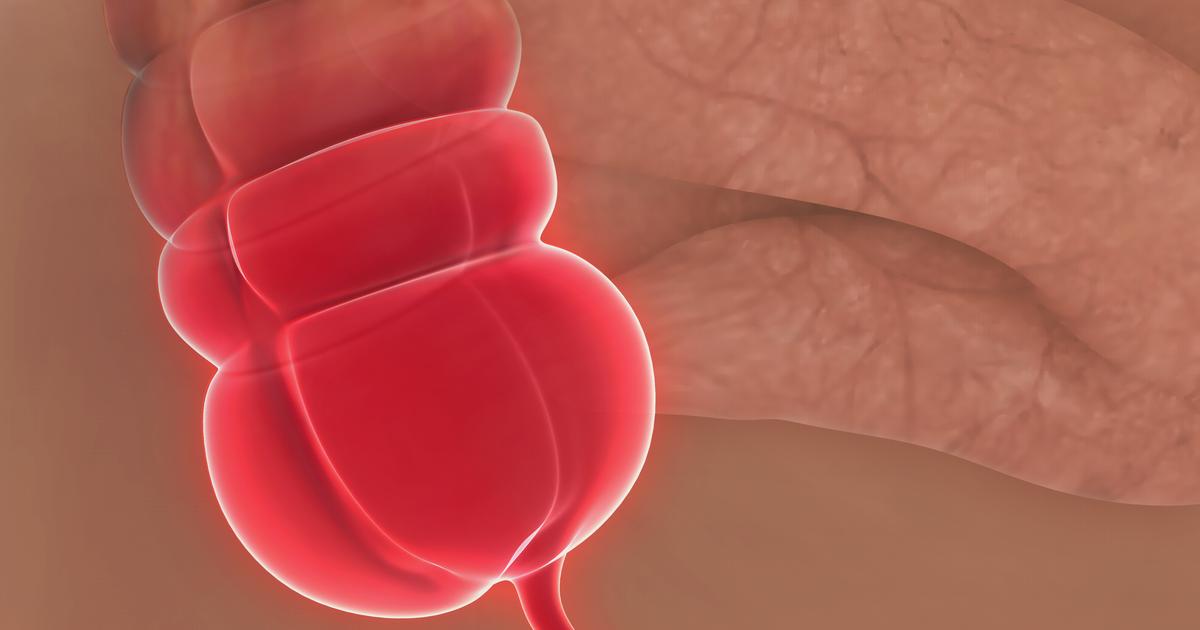Guide To The Causes And Complications Of Appendicitis
Appendicitis is a condition in which an individual's appendix becomes irritated and inflamed. The most prevalent cause of abdominal pain that requires surgery as treatment is appendicitis, with over five percent of individuals developing the condition at one point during their life. Symptoms of appendicitis include indigestion, appetite loss, constipation, nausea, vomiting, abdominal swelling, low-grade fever, inability to pass gas, and lower right-sided abdominal pain.
A diagnosis of appendicitis is made with the use of a physical examination, blood tests, urine tests, pregnancy test, pelvic exam, abdominal ultrasound, abdominal CT scan, abdominal MRI scan, and abdominal x-rays. Treatment for appendicitis depends on the severity of the condition and may include appendix removal surgery, abscess drainage, pain-relieving medications, liquid diet, antibiotics, and intravenous fluids.
Blockage In The Appendix Lining

An individual is likely to get appendicitis when they develop a blockage in the lining of their appendix. The blockage in the appendix lining can be caused by hard stool, foreign bodies, parasites, or dried mucus. A blockage in the lining of the appendix causes the mucus behind it that has been produced by this organ to accumulate. Built-up mucus in the appendix due to a blockage causes this organ to become swollen and enlarged.
When the appendix swells or becomes enlarged, the flow of blood through its supplying blood vessels becomes impaired. Impaired blood flow in the appendix tissues can cause cell death due to a lack of oxygen and nutrients required to sustain life. Cellular death and damage in the appendix induce a response by the immune system. The immune system reacts by sending numerous substances and different types of cells to the site of tissue damage. This influx of blood cells and other immune substances causes further inflammation and infection or appendicitis.
Ruptured Appendix

A ruptured appendix is a complication most common in individuals who have appendicitis that has not been treated. Appendicitis causes the buildup of bacteria and immune system substances inside of the appendix. As the infection in the appendix progresses, the pressure inside of this organ can become too much for its lining to handle. As pressure builds up, the organ swells.
An affected individual's appendix can swell up so much that the blood vessels that supply these tissues with blood become blocked. The blocked blood vessels do not allow oxygen and other vital nutrients to reach the affected section of the appendix lining. The part of the appendix lining deprived of oxygen can start to die, allowing a hole, tear, or vulnerability to form. The pressure in the appendix causes a rupture, where its toxic contents to push into the individual's abdomen.
